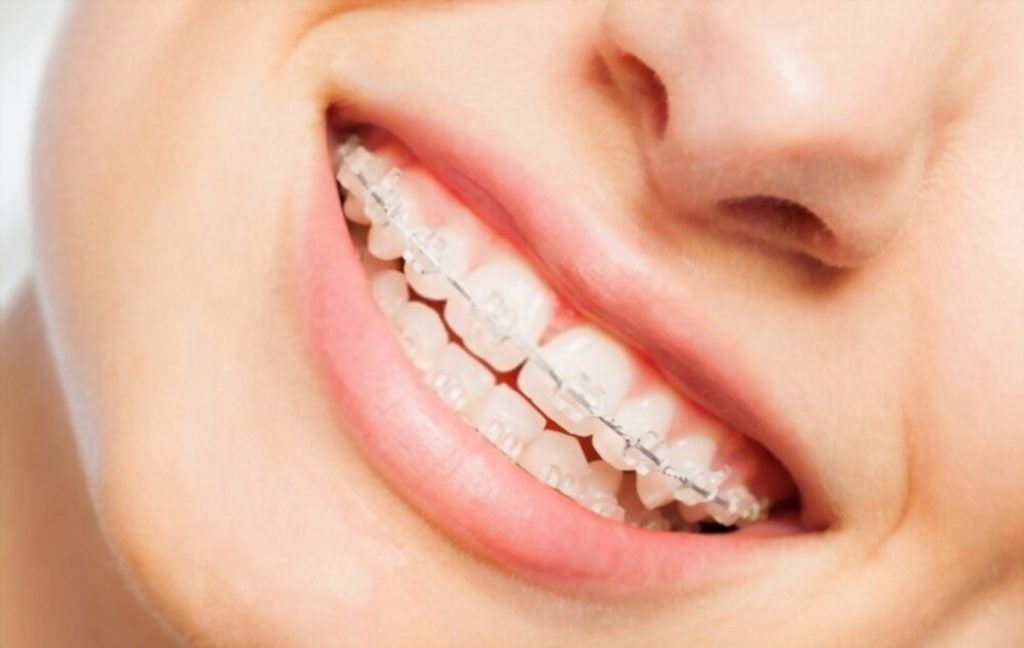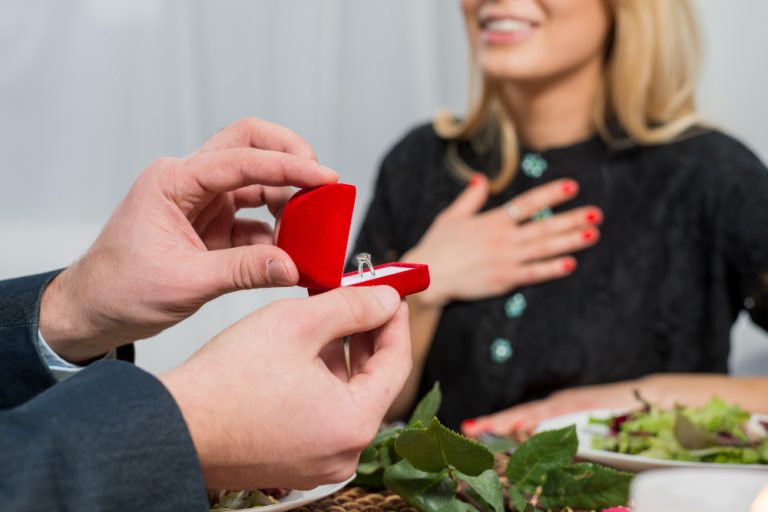Would you have brackets on your teeth or transparent aligners if you had the option?
You’re not alone if your response is transparent aligners. Over the modern few decades, clear aligners have become increasingly popular as a way to straighten or reshape your teeth.
Invisalign, which was brought to the public by Align Innovation, is perhaps the oldest and most well-known clear aligner device. Since then, numerous brands of clear aligners have entered the business.
We’ll explore what clear aligners can accomplish, how successful it is, and the benefits and drawbacks of using them.
Table of Contents
ToggleWhat is Invisalign, and how does it perform?
The trademark Invisalign refers to a type of slim transparent aligner that is used in orthodontic therapy. The aligner is built of SmartTrack, a malleable thermoplastic polymer.
The American Association of Orthodontists created this device to make orthodontic treatment “less noticeable.”
Although Invisalign aligners are not entirely invisible, they do fit snugly across your teeth and are far less evident than conventional braces’ metal braces.
What kinds of dental obstacles can Invisalign fix?
Crowd and space problems and certain mild and modest biting concerns can all be addressed with Invisalign.
According to the Invisalign website, it may be used to correct a variety of dental disorders, including:
- overbite, underbite, and crossbite.
- unrestricted bite.
- Hollow teeth.
- Congested teeth.
While research on Invisalign is relatively limited, it appears that treatment might be more successful for some conditions than others.
According to 2017 research, clear aligners can be beneficial in aligning a person’s curves, but they may not be as efficient in handling more severe biting issues.
What does it take to put them on?
A meeting with an orthodontist, who will develop a 3D scan of your mouth and jaw, is the first stage in the procedure. They’ll utilize this image to devise a strategy for shifting your teeth into their proper position.
Your orthodontist will then use the solution to construct a series of personalized plastic aligners. These aligners will gradually change and reposition your teeth into the proper positions by applying pressure to them.
You’ll change out one pair of Invisalign for a fresh one each week or two, relying on your orthodontist’s recommendations. You’ll have to put the retainers for 20 to 22 hours each day on average.
Is Invisalign a good option for you?
If you’re thinking about getting Invisalign aligners, consider the following questions to see if they’re right for you:
- Do I have a simple case of crowding or a bite problem with my teeth?
- Is it true that having braces makes me feel self-conscious?
- Will I wear the aligners for the recommended amount of time each day?
- Is it possible for me to afford them?
- Will I be able to care for them properly?
If you have an adolescent at home who prefers Invisalign to traditional braces, consider if they will wear and care for them properly.
Last but not least
Crowding and spacing problems and certain mild and moderate biting concerns can all be addressed with Invisalign.
If you don’t have a difficult bite or crowding problem and would like a less noticeable therapy than braces, it might be a viable alternative for you.




